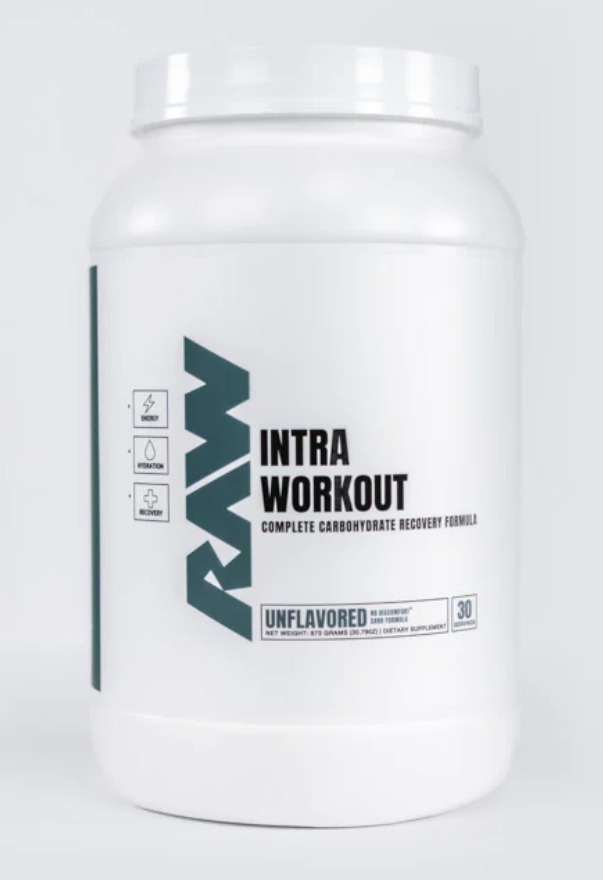Quiet Catalysts of Discovery: A Curated Guide to Next-Gen Peptides
The frontier of modern bioscience increasingly turns on the precise design and deployment of Peptides. From receptor-mapping assays to materials engineering, Research peptides are quiet catalysts that enable reproducible, ethically compliant experimentation. Below is a researcher-centered overview focusing on practical selection, quality, and compliance—without drifting into clinical claims.
Defining the Field
Research peptides are short chains of amino acids synthesized to probe biological mechanisms, validate targets, and standardize methods. They are supplied with clear labeling and documentation for Research use only, not for human or veterinary use, diagnosis, or therapy.
What are research peptides used for?
- Assay controls and calibration standards
- Receptor binding and signaling pathway elucidation
- Enzyme kinetics, substrate specificity, and inhibition screens
- Biomaterials and surface functionalization studies
- Stability, solubility, and formulation research
Spotlight Molecules in Metabolic Research
Retatrutide
A multi-receptor agonist researched for its interactions across metabolic pathways. In lab contexts, it supports receptor selectivity studies, dose–response characterization, and signaling cascade mapping. Handle with appropriate controls, documentation, and containment as defined in institutional SOPs.
Tirzepatide
Investigated for dual-incretin receptor activity, this peptide enables comparative analyses of biased agonism, receptor internalization kinetics, and cross-talk within endocrine pathways. Maintain rigorous chain-of-custody, storage integrity, and analytical verification.
Quality and Provenance Matter
For reproducible data and audit-ready records, prioritize High purity peptides with full analytical packages (LC-MS, HPLC chromatograms, and, when relevant, counter-ion disclosure). Whether sourcing from a Peptide shop/store or a Luxury peptide brand, consistent quality systems and transparent documentation reduce experimental noise.
Regions with active life science ecosystems—such as Peptides in Los Angeles—often provide accelerated logistics and peer networks, but quality should always be benchmarked against global standards and third-party analytics.
Compliance and Stewardship
Every shipment should be clearly labeled Research use only, with storage and handling instructions aligned to your institutional biosafety level and chemical hygiene plan. Maintain purchase records, batch numbers, and certificates in your ELN or QMS to streamline audits and cross-study reproducibility.
How to Evaluate a Supplier
- Analytical transparency: Full LC-MS/HPLC profiles and impurity disclosure
- Batch consistency: Lot-to-lot comparability and retained sample policy
- Documentation: COA completeness, counter-ion listing, and solvent compatibility notes
- Packaging and logistics: Temperature-controlled transit, desiccants, and tamper evidence
- Support: Technical data sheets, solvent guidance, and responsive customer service
For curated catalogs, auditable documentation, and elevated service standards, consider a Boutique peptide supplier.
Best Practices for Lab Handling
- Verify identity and purity on receipt; archive all COAs and chromatograms
- Use sterile technique; aliquot to minimize freeze–thaw cycles
- Match solvent systems to stability profiles; record pH and final concentrations
- Label vials with lot, date, operator initials, and storage conditions
- Document chain-of-custody and disposal per your EHS and institutional policies
FAQs
Is there a difference between analytical grade and High purity peptides?
Yes. “High purity” commonly refers to a higher HPLC purity threshold and tighter impurity profiles. Always review the COA and method parameters to understand how purity was measured.
Can Research peptides be used clinically?
No. They are explicitly labeled Research use only and are not for human or veterinary use. Any clinical discussion requires regulated, approved pharmaceutical-grade materials and oversight.
How should Tirzepatide and Retatrutide be stored?
Follow the supplier’s COA and data sheet. Typically, lyophilized materials are kept at low temperatures with desiccation; reconstituted solutions are stored according to validated stability data and protected from repeated freeze–thaw cycles.
What advantages come from sourcing via a specialized Peptide shop/store?
Access to richer documentation, tailored packaging, and knowledgeable support—features often associated with a Luxury peptide brand—which collectively improve reproducibility and audit readiness.
Why might location matter, e.g., Peptides in Los Angeles?
Proximity can reduce transit time, support cold-chain integrity, and provide faster technical communication; however, always prioritize quality systems and documentation over geography.
In a field defined by precision, the right materials and methods transform complex questions into testable hypotheses. Choose carefully, document thoroughly, and let rigor guide every step from bench to publication.



Leave a Reply